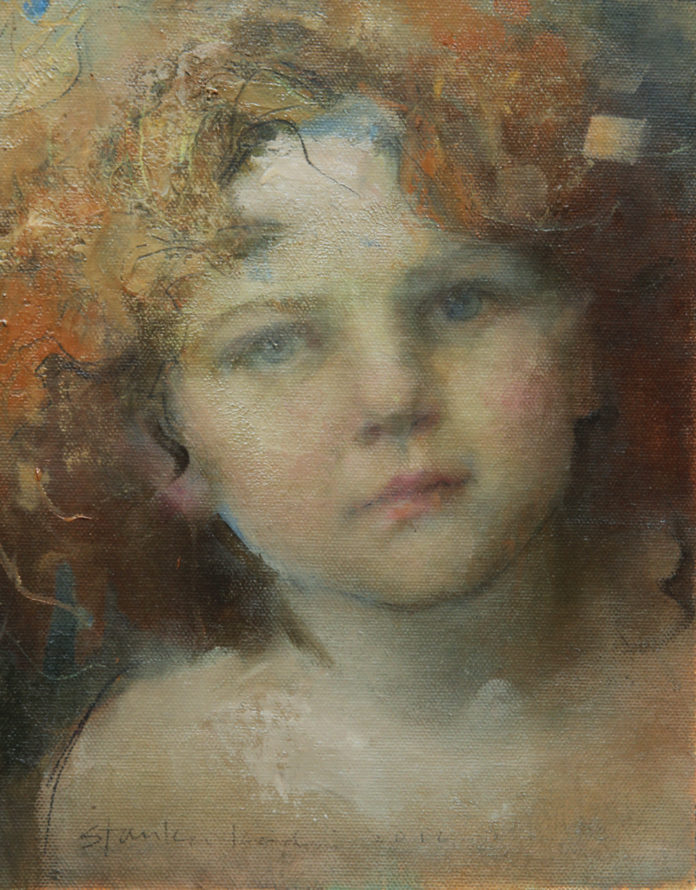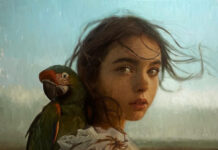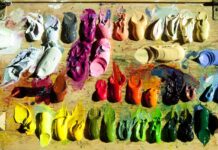Artistic Inspiration > Portrait painter Stanka Kordic on exploring the path of most resistance, and the lessons she has learned along the way.
BY STANKA KORDIC
(stankakordic.com)
Years ago, I was deep in the throes of making a change to my traditional methods of figurative painting. This new manner of working involved letting go of controlled, pre-planned finished pieces. My interest in mark making grew to become as important to the conversation as the figure and the viewer. The end result was, and still is, always unpredictable.
It works 98 percent of the time.
The other two percent can be a mighty beast to tame. A lot gets kicked up with this process emotionally, especially if your background involves nurturing the rule book of representational anything.
How do we maneuver these turbulent waters that ultimately can lead us to the shores of individual expression? Here are a few of my lessons learned.
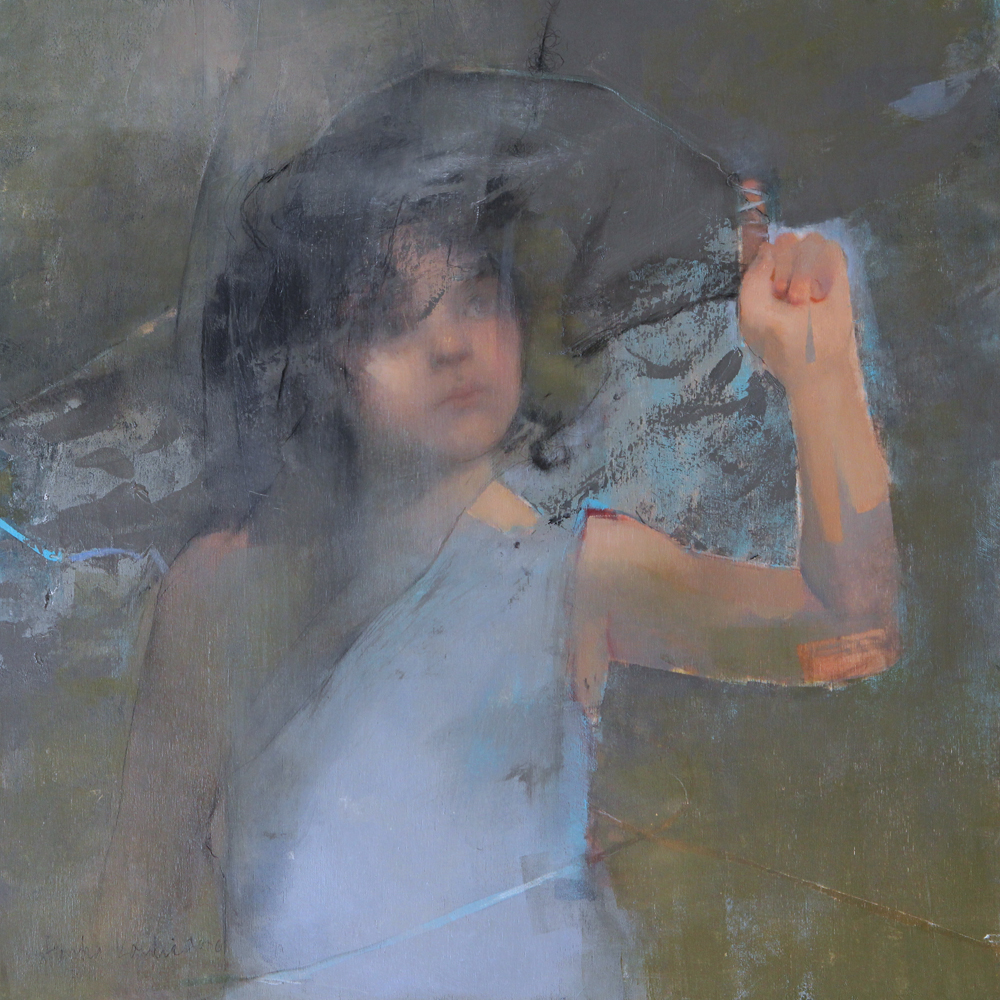
1. Stay consistent to your muse as far as subject matter goes. Paint what truly interests you. This is your foundation when things get rough.
I often create several very different paintings of the same model as shown here. As the paintings progress, what I let go of is not only the likeness (as needed) but my tie to the source material in general. What I gain is a deeper understanding of my model in ways working in series often does. It allows a certain unhindered freedom to try paint techniques, without the worry over physical accuracy.
At the same time, if I feel I’ve lost my way, I can always come back by way of what I know—refining the drawing, the design, color. It’s all a balance.
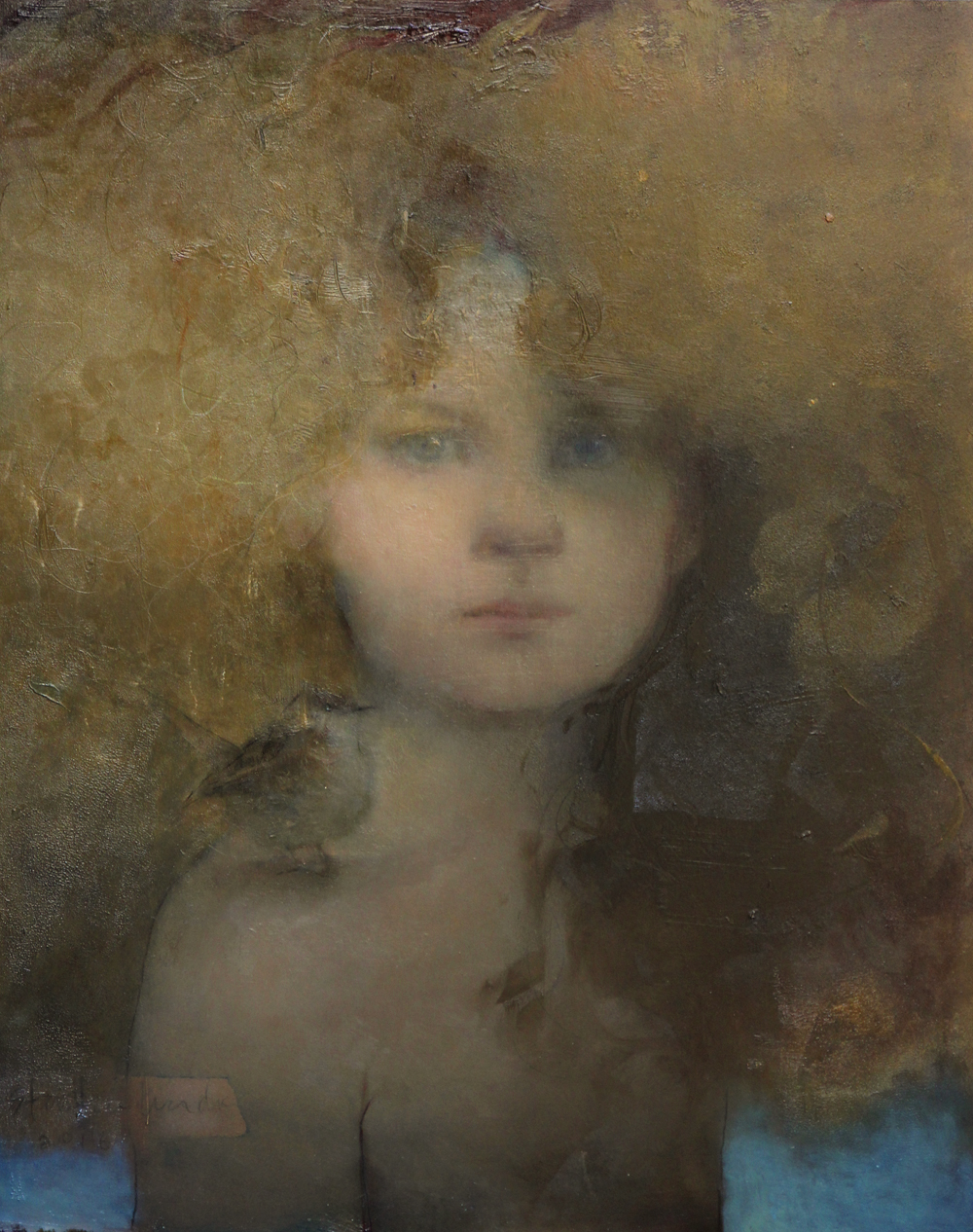
2. Start accurately, and simply.
I begin with the gesture of the figure, or the model’s expression, as true to reference as possible at this start point. This is my initial inspiration and the anchor to what’s ahead. No other consideration is thought about, such as mood or emotion. The painting is never completed in my head. It’s just the start.
My first layer is most often (but not always) a monochromatic underpainting that totally dries before I do more. Subsequent layers added can always be mostly removed if things don’t go well.
3. Try new tools to break your default mode.
I will use, tape, brayers, sponges, sandpaper, fingers, to get myself out of my learned box. Even holding the brush differently will inspire a new mark that is useful. Grab what it takes, and don’t think too much about how “right” it is.
4. Build slowly. Watch for a story to unfold. Consider each stage carefully at all angles and viewpoints before you make drastic changes. Take note of a possible narrative to follow.
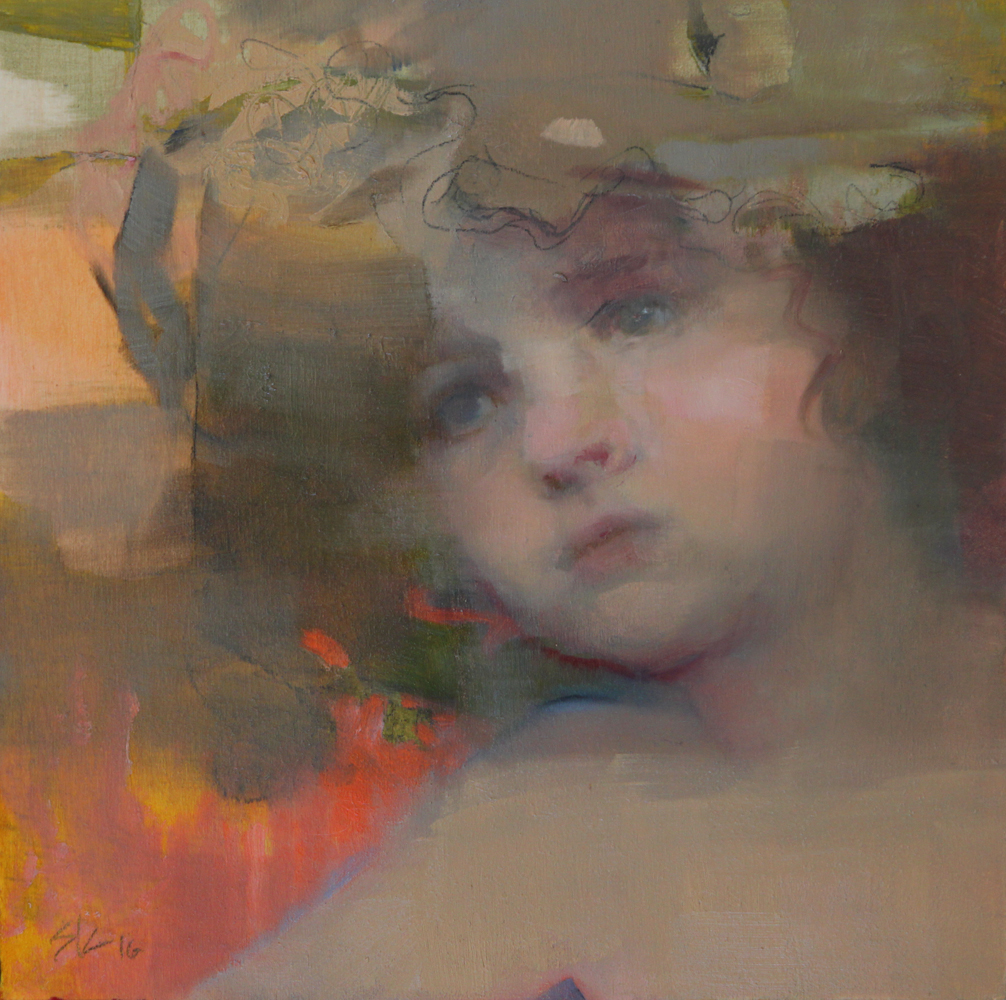
5. Add a new color with intention if you’re having trouble even after revisiting foundation. But maintain the simple mix you began with. Too much color leads to fruit loop paintings.
6. Know that it’s never comfortable.
This part is hardest to get used to. One school of thought is, “Oh wow, painting is fun!!” The other is, “Oh wow, painting is hard!!” Being too long in one school is not helpful to growth. I found it best to experience both ways, but not for long. Keep moving on every level. This has been a key for me. I have avoided sticking with a linear method start-to-finish because I find it the kiss of death for my creative mind.
Somewhere within my process there has to be total abandon, as well as gut-wrenching discipline, or I simply do not find any satisfaction with the end result.

7. Sometimes, it does not work.
Giving up on a piece is hard to do—lots of materials, time, and energy gone to waste. I have done this and have usually berated myself as a failure to boot. A big influx of insecurity sets in for minutes, or weeks. It can be debilitating, but it’s important to let it go and move on.
The reward? That ‘fail’ can be the first marks of a whole new piece waiting to be painted.
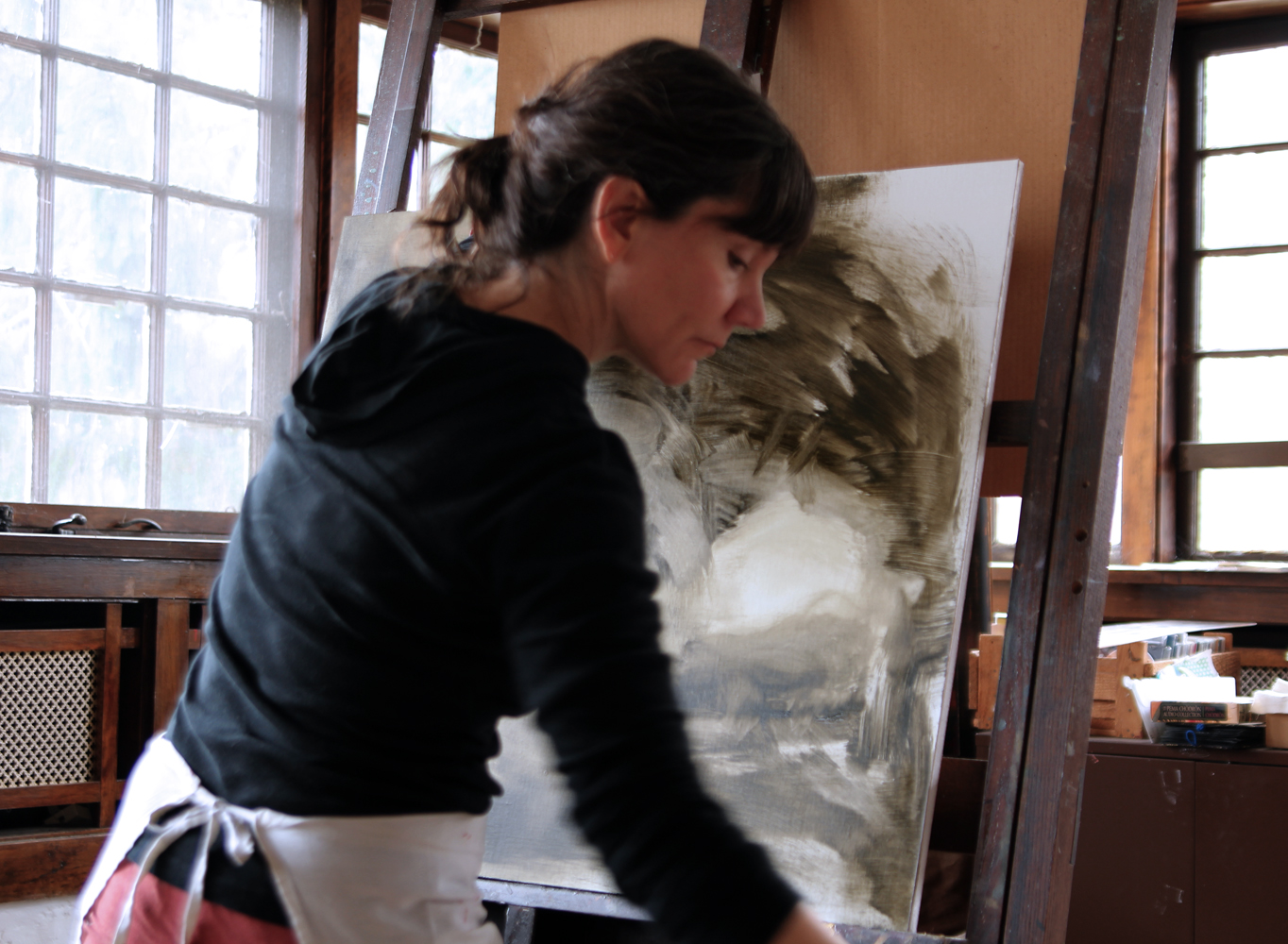
***
Browse these articles for even more inspiration for artists (click here).
Visit EricRhoads.com (Publisher of Realism Today) to learn about opportunities for artists and art collectors, including Art Retreats – International Art Trips – Art Conventions – Art Workshops (in person and online, including Realism Live) – And More!


